Package
All of my kittens leave with the following package:
Vet/health check
My kittens are health checked by my vet at least three times before leaving me; at their first vaccination appointment, at their second vaccination appointment and at their neuter/spay appointment.
Primary course of vaccinations
My kittens are vaccinated at 9 weeks old and again at 12 weeks old (unless there is a valid reason to delay). My kittens are vaccinated with Versifel CVR and Leukocell 2 (first and second vaccine).
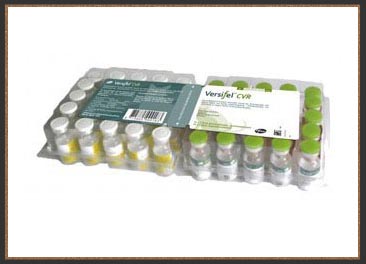 |
Versifel CVR protects against Feline Herpes Virus and Feline Calicivirus. These are the two major 'cat flu' viruses and can affect any age of cat. They are transmitted through contact with infected cats and cause sneezing, runny nose and eyes, high temperatures and can lead to pneumonia. Cat flu can be fatal in kittens and old cats. Versifel CVR also protects against Feline Panleucopenia. This can affect any age of cat but kittens are at a higher risk. This virus is highly contagious and spreads rapidly. It is carried on shoes, clothing, food bowls and litter trays. Panleucopenia causes tiredness, fever, lack of appetite, vomiting and severe bloody diarrhea. The virus is fatal in 10% of vaccinated cats. |
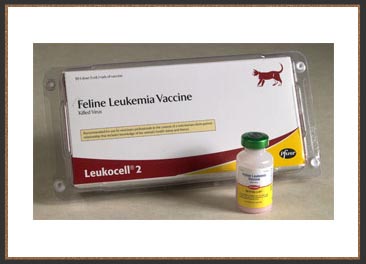 |
Leukocell 2 protects against Feline Leukemia Virus. This can affect any age of cat although kittens are at a higher risk. The virus is transmitted by close contact with infected cats and also from a queen to her kitten before birth. FeLV causes leukemia but more commonly, the growth of tumors and the suppression of the immune system, making the cat more susceptible to other infections. Some cats can be carriers and although they appear healthy, they pass the virus on to others. Vaccination for FeLV is optional and I choose not to vaccinate my early generation (F1-F3) cats. The vaccine is said to be fatal to their wild ancestors and I feel the risk is too high given that early generation cats retain a percentage of wild blood. |
Preventative treatment for parasites
Aside from making life extremely uncomfortable, parasites can cause severe health problems for cats and kittens. Scratching and biting to relieve the itching can result in infection, while some parasites also transmit serious diseases.
As part of a parasite prevention treatment plan, my kittens are treated for both internal and external parasites. I use a combination of products over different intervals to ensure the kitten is protected from as many parasites as possible. Once my kittens leave, I advise that the treatments are rotated and repeated at 3 monthly intervals (as they must remain indoors).
 |
Panacur small Animal 10% Oral Suspension (for kittens from 2 weeks of age) is a broad spectrum wormer for the treatment of: Roundworms Tapeworms Lungworms Panacur is also effective against: Giardia |
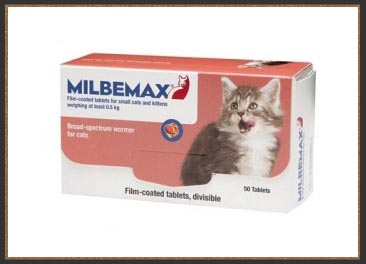 |
Milbemax oral tablet (for kittens weighing at least 0.5kg and at least 6 weeks of age) is a broad spectrum wormer for the treatment of: Roundworms Tapeworms Hookworms Heartworms |
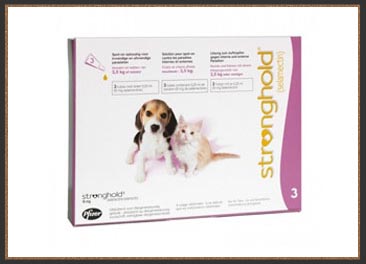 |
Stronghold spot on (15mg for cats up to 2.5kg) is a spot on solution for the treatment and prevention of: Biting lice Ear mites Fleas Sarcoptic mange (scabies) Roundworms Hookworms Heartworms |
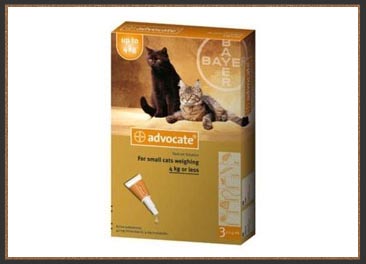 |
Advocate spot on (for small cats up to 4kg) is a spot on solution for the treatment of: Ear mites Fleas and flea larvae Sarcoptic mange (scabies) Roundworms Hookworms Heartworms Whipworms |
Neuter/spay
Kittens bought as pets are neutered and spayed before leaving me. ESN (early spay, neuter) is proven to be safe and effective and avoids many of the potential complications that can be had later in life; altered cats are less likely to wander, stray, call (if female) or spray (if male). The chance of contracting some infectious cat diseases will be reduced as will the likelihood of developing mammary tumors (breast cancers), pyometra (life threatening womb infections), testicular cancer, and many other illnesses. Male cats in particular will improve in physical body condition and their urine will smell less pungent.
There is no evidence to show that ESN inhibits growth or causes urinary problems and my kittens resume their normal activities and routines after surgery much more quickly than adult cats.
Whilst I do ESN, my vet will not operate before 16 of age (depending on the kittens size and weight). Following the procedure, males do not need to be seen again and can therefore leave me within a few days of neuter. However females may need to return two weeks later to have their stitches removed (this is dependent on which vet operates on the day). If dissolvable stitches have been used on the inside, the female kitten may leave a few days after spay.
Microchip implant and registration
Having successfully completed a microchip implanting course (alongside my husband) in 2011, I microchip (at my own cost) and register* every kitten before they leave me.
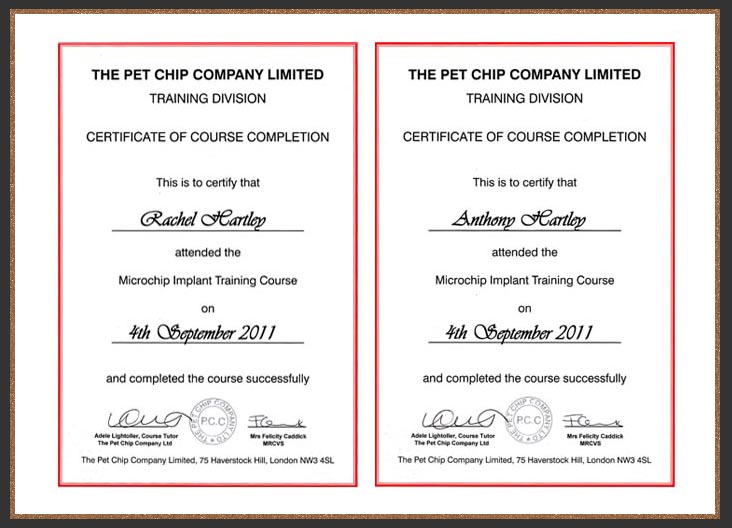
The petDetect microchip is designed and manufactured in Europe to the highest quality standards by patent-owners Trovan. Trovan animal microchips provide quality and reliability from casing to core. Fully compliant with ISO FDX-B and well suited to the Pet Travel Scheme, Trovan microchips are used in pets, wildlife and zoo animals across the world. World-wide protected patents ensure their unique design incorporating fewer connection points than any other microchips. German manufacturing ensures each microchip is held to the highest standards. Trovan needles are designed to minimise discomfort with an exceptionally sharp edge and cleverly shaped bevel.
4 weeks pet insurance
In conjunction with Pet Plan, I am able to provide 4 weeks free insurance for new owners (of kittens under 1 year old).

This cover includes (as of 02/01/19):
Up to £4,000 veterinary fees for illness and injury
Up to £750 for loss by theft or straying
Up to £750 for death from illness or injury
Up to £200 for advertising and reward if the puppy/kitten is lost or stolen
Upon activation, new owners will be issued with a (completed) confirmation of cover voucher. This will need to be kept safe in the event of a claim being made.
Registration papers
Sittingpretty is a TICA registered cattery and prefix. Despite also being registered with GCCF, I do choose to register all of my cats and kittens with TICA. When buying a cat or kitten, you are entitled to their official registration papers. This is proof that your cat/kitten and their dam and sire are full pedigree and registered.
Once a litter reaches 6 weeks old, I am able to register it as a unit. I now do my registrations online through the TDS system. Once the registration process is complete and paid for, Tica issue the relevant white 'breeder slips' to my TDS account. All new owners will receive a printed breeder slip and instructions will be provided as to how to complete individual kitten registration (into their own name).
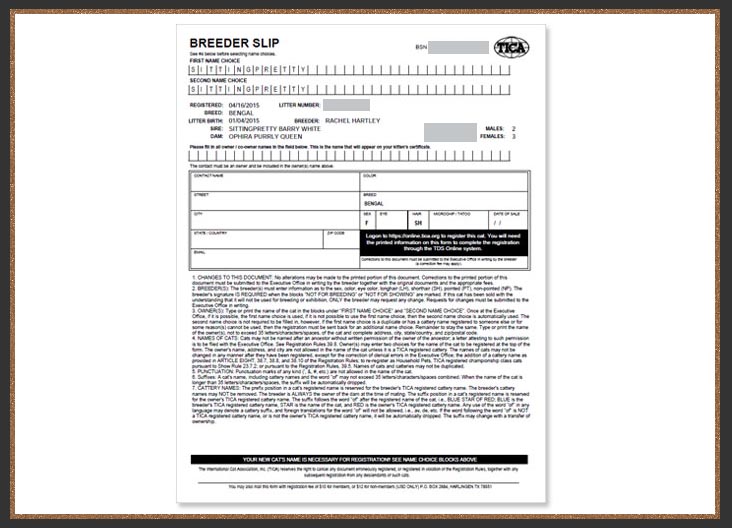
Five generation pedigree
New owners will receive a printed five generation pedigree which documents the details of the kittens Parents, Grandparents, Great Grandparents, Great Great Grandparents and Great Great Great Grandparents.
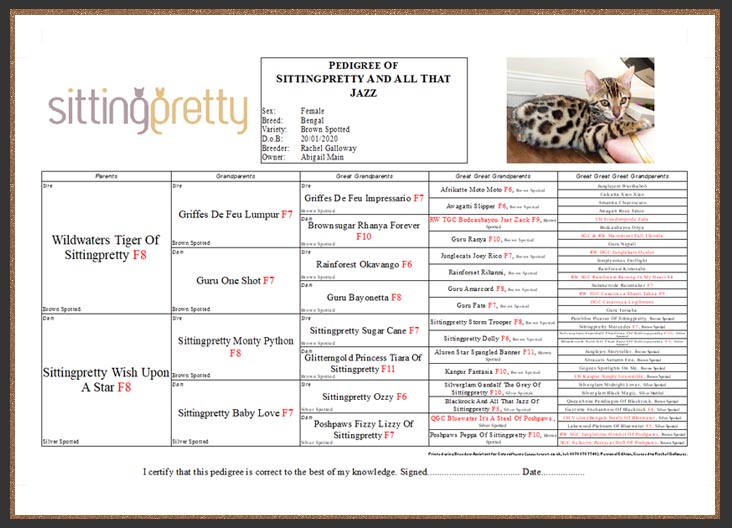
Sales contract
All new owners will also be asked to sign a sales contract and will be given a signed copy (by both parties) to keep.
Complimentary kitten pack
All of my kittens leave with a complimentary kitten pack which includes advisory literature, food samples and toys.




